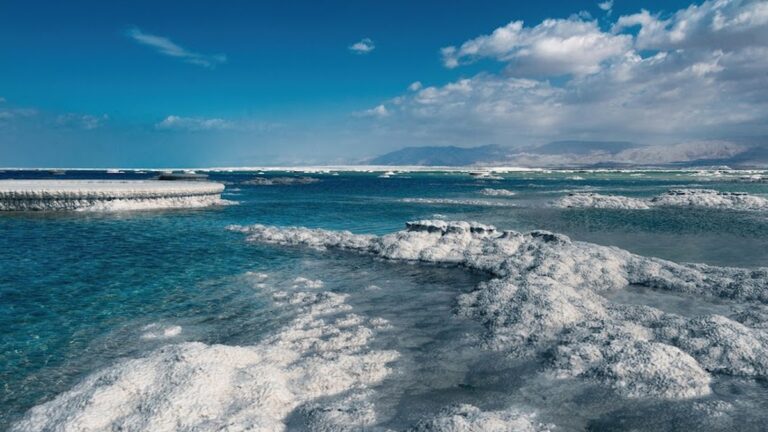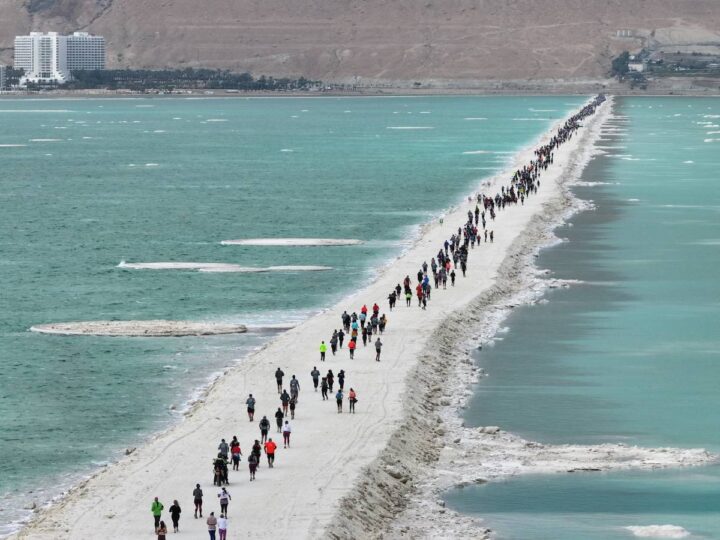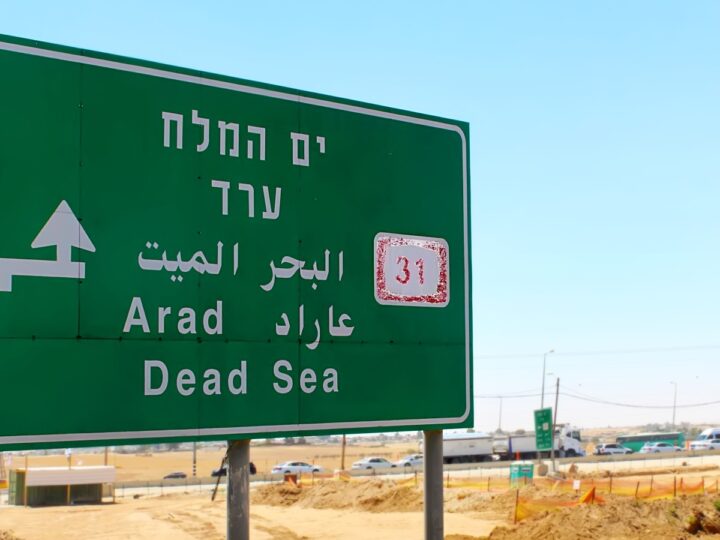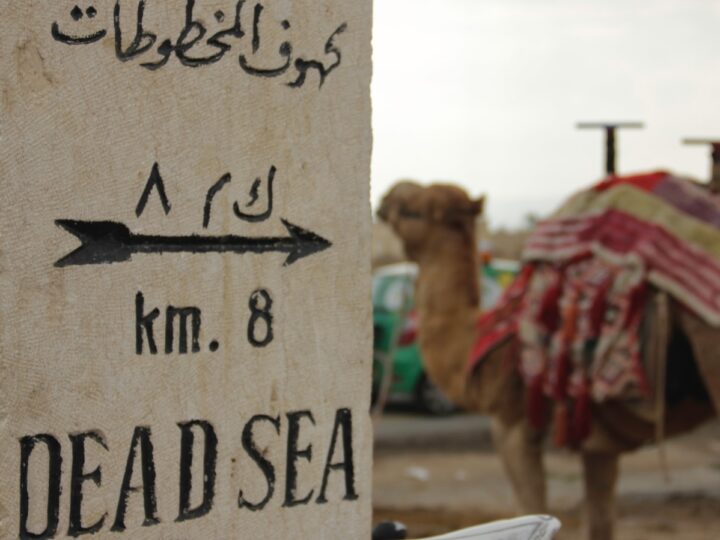Argentina attracts hordes of tourists to its Salinas Grande salt plains. Germany has the Old Salt Route (Alte Salzstraße).
However, the ultimate salt route is found at the lowest point on Earth, at the Dead Sea in southern Israel.
Start your adventure there by kayaking amidst the salt crystal formations on the turquoise surface of the Dead Sea, or as it’s called in Hebrew, Yam Hamelach(Salt Sea).
Then explore a mountain made of salt, forage tasty (but salty!) desert plants and abseil deep down into the depths of the longest salt cave in the world. And there are plenty more attractions along the way.
Motorized camel
One of the best options to experience the Mount Sodom hill along the southwestern part of the Dead Sea is via a “motorized camel.”
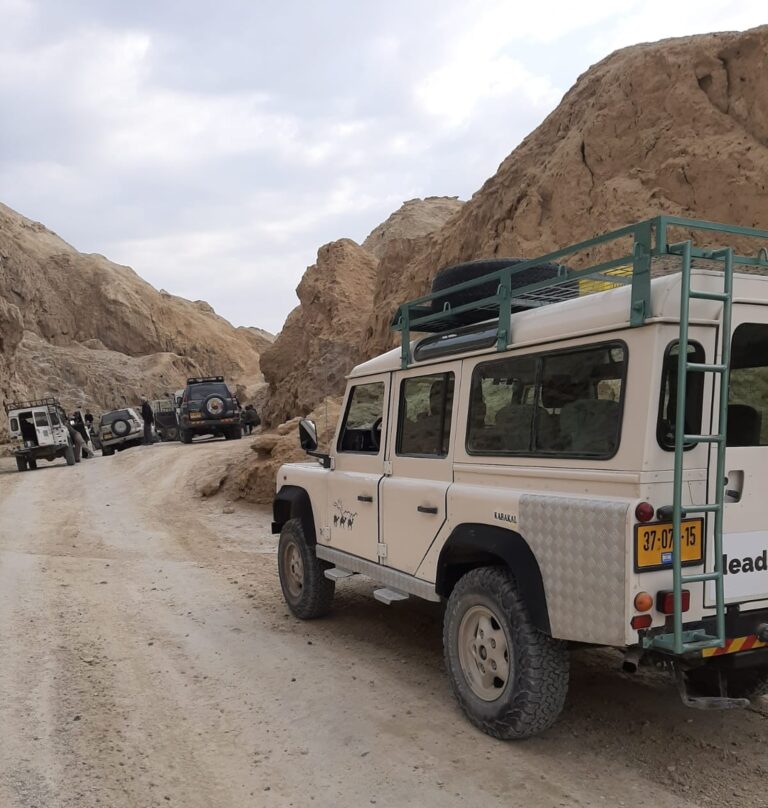
This is how our tour guide, Barak Horwitz, refers to his jeep, in which we are soon driving from the strip of luxury hotels at the Ein Bokek area of the Dead Sea to the start of the Mount Sodom nature reserve that spreads over 11 kilometers (7 miles).
Horwitz, wearing a white Bedouin-style keffiyeh, stops and forages a wild mustard plant. It tastes of arugula seasoned with plenty of salt.
It is hard to believe that anything can grow in this climate, where temperatures reach 40-50°C (104-122°F) and there are 300 days of annual sunshine.
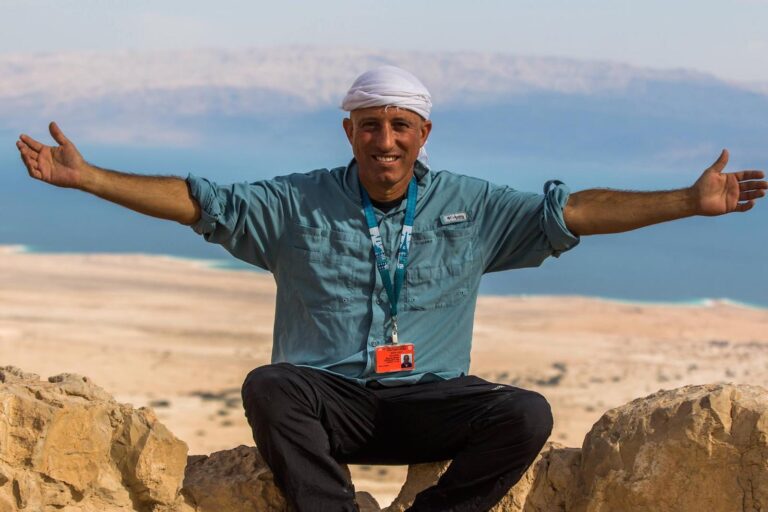
As the sky is hardly ever cloudy, the Dead Sea region is a perfect place to stargaze or experience a full moon trail.
“There’s almost a traffic jam here when it’s a full moon,” Horwitz says with a smile.
For now, we are the only ones bouncing along the dry riverbed of Nahal Lot (Lot Stream).
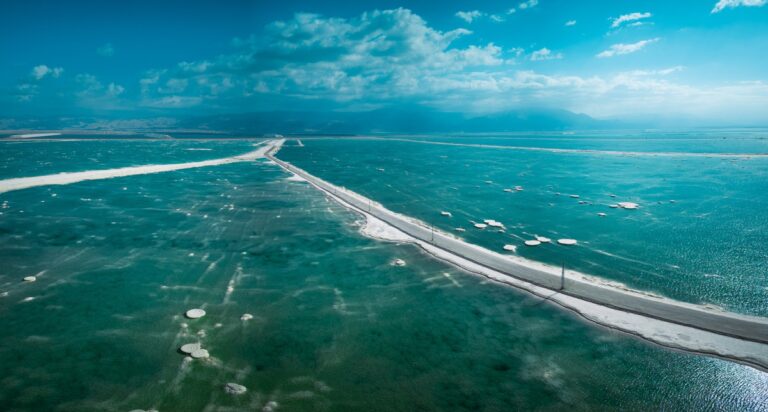
Get ready to lick rocks
Our second stop is where, until 150 years ago, rocks were mined for their precious “white gold.”
Unlike today, when salt is one of the cheapest commodities, it had immense value when salting was the only way to preserve food. Roman soldiers, such as those who served at the nearby Masada Fortress, were paid in salt, hence the source of the Latin word salary.
Mount Sodom is a rare geological phenomenon, Horwitz points out, as it’s 98 percent table salt.
This is a result of the arid climate in which the salt rocks are not dissolved by rainwater or groundwater, but are left to be reshaped by the occasional desert storms and flashfloods.
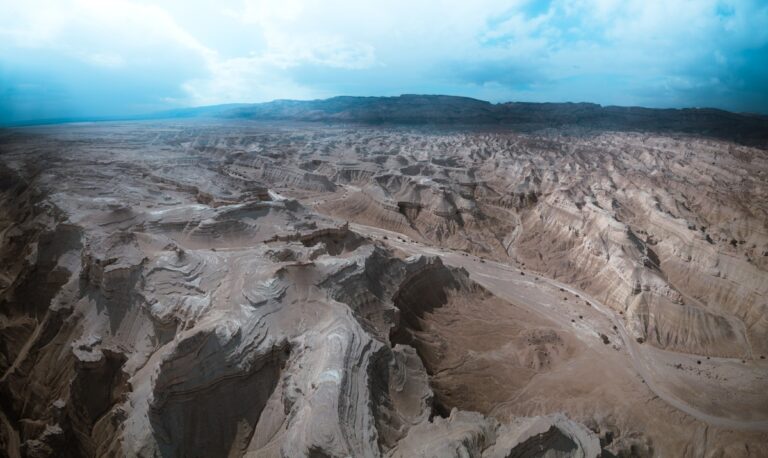
This also leads to another unique feature. Mount Sodom is the only place in the world where salt can be mined aboveground. To anyone doubting this is true, Horwitz suggests licking a rock (I chose to believe him!).
Salt caving for adrenaline junkies
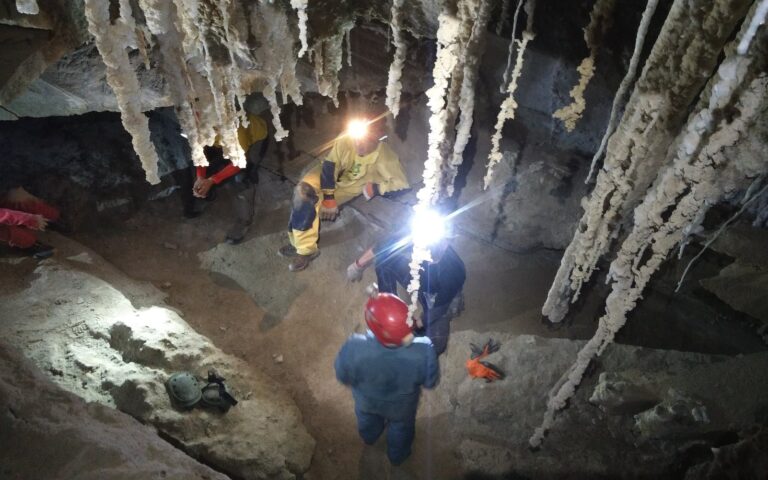
Horwitz points out a few small caves we can enter. These are just some of the 200 known caves that exist here.
Adventure tourism companies can arrange abseiling down a five-meter chimney lined with delicate salt pinnacles.
Those who are even braver have the choice of continuing down the full 80 meters (270 feet) until reaching Malham Cave with its marbled salt walls, stalactites and large crystals.
At a length of 10 kilometers (6.2 miles), Malham holds the title in the Guinness Book of Records (ahead of Namakdan in Iran) as the longest salt cave in the world.
History, ancient and recent
Back on Road 90, on the southeast side of the Dead Sea, are the impressive salt pillars named Lot’s Wife, in reference to the biblical story (Genesis 19:15-26).
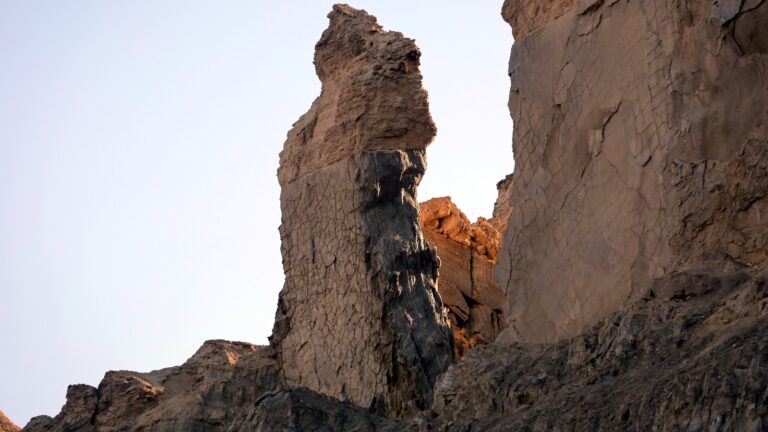
The Dead Sea Works has also recently opened a Visitor Center here.
Using VR goggles, you can experience the life of workers at the Palestinian Potash Company (precursor to The Dead Sea Works), housed here from 1934 until the early 1950s. You will learn the story of Moshe Novomeisky, the Siberian mining engineer who founded the company in 1929.

Horwitz, who lives on the nearby Moshav Neot HaKikar, agrees it is difficult to balance the commercial success of the Dead Sea Works with the effect it has had on the environment we have just marveled at.
“The Dead Sea Works provides employment for at least 2,000 workers, but at the same time the industry is one of the reasons that the northern part of the Dead Sea drops on average 10 centimeters a month. They have turned the whole area into a factory for minerals,” he says.
“Still, I try to enjoy and share the beauty of this special place and hope that it will retain its Genesis-like landscape forever.”
